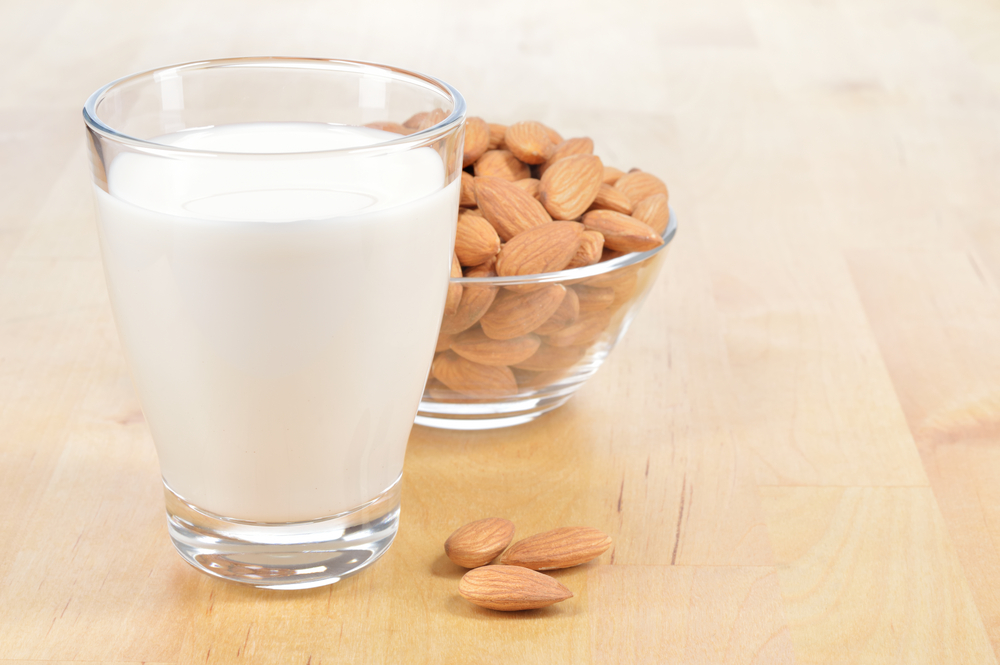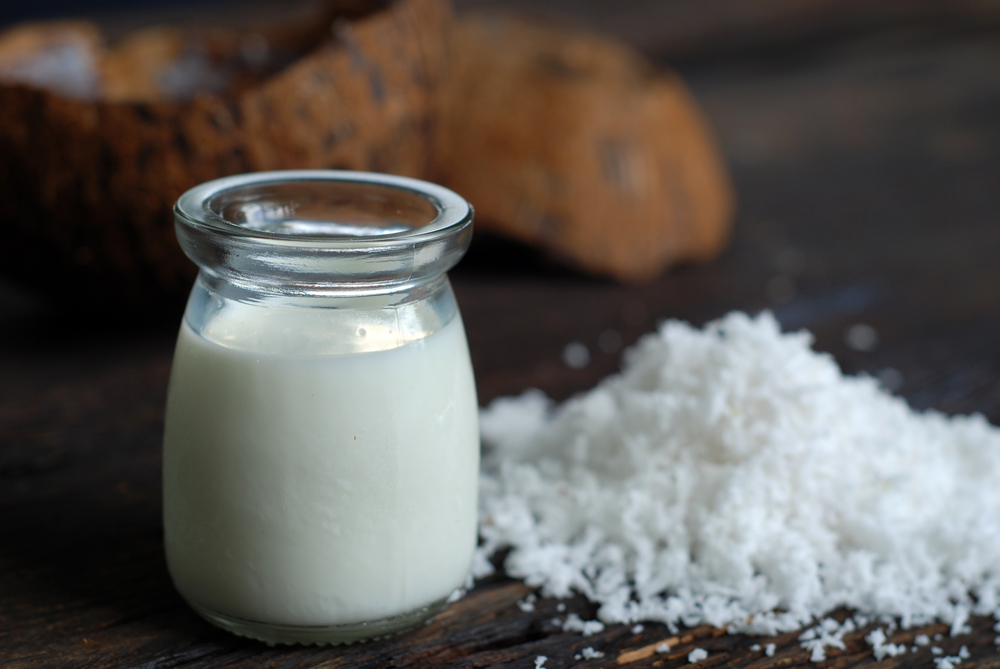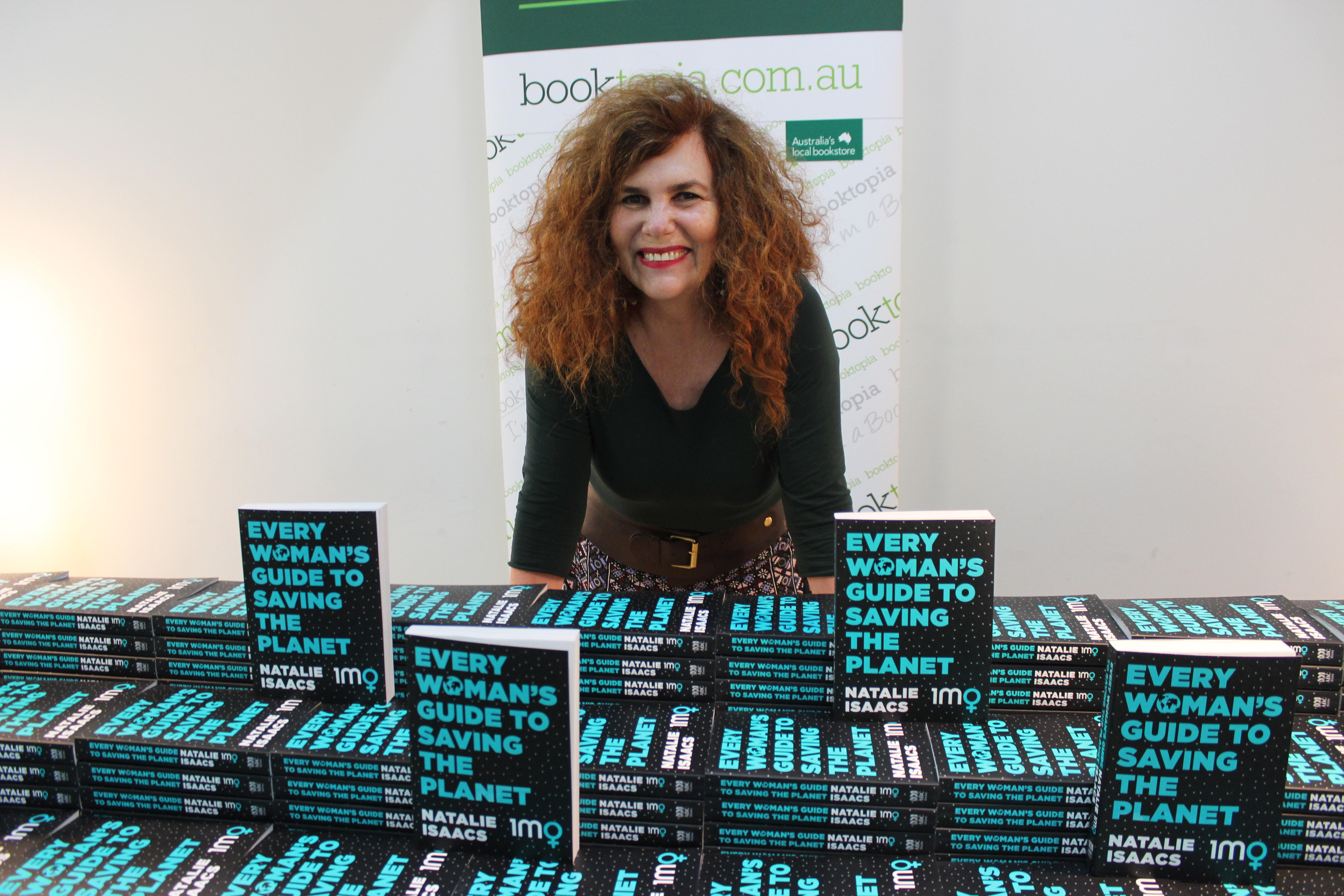With loads of tips, tricks, easy-to-understand info graphics and an inspiring can-do message, this book is for every woman who wants to make a difference.
Get your copy here!Sustainable or not? A look at non-dairy milk alternatives
Walk down the aisle in any supermarket or whole-foods store these days and you'll encounter a myriad of choice when it comes to non-dairy milk alternatives. Soy, rice, almond, coconut and more. Organic or inorganic? But which one do you choose especially when it comes to sustainability?
There are several things to consider when it comes to sustainability, water footprint (how much water used), carbon footprint, how the base ingredient is farmed and so on. Considering these factors, let's have a look at how some non-dairy alternatives compare.
Soy
A staple in many Asian cultures, traditional soy milks can be made from the whole bean, as a dairy type milk or as a soy beverage. Most soy milk in Australia is made from imported soy protein or soy isolate rather than the whole bean. The US, Brazil and China produce most of the world's soybeans.
They are a great source of protein, calcium and other nutrients. In terms of how much water is used varies depending the soy milk product produced. Soy typically uses 28% the amount of water used for dairy production. You also don't need to worry that the soy used in your soy milk has caused the clearing of land in places like the Amazon. This soy is usually grown to feed cattle.
However soy needs reliable moisture to grow so typically farms are located on the coastal areas of Australia and some inland parts of Victoria. It takes approximately 9500 litres to produce a tonne of soy beans and 297 litres of water to produce 1 litre of soy milk. Inorganic soy bean farms have a higher water footprint than organic due to irrigation.
When buying your soy milk, look for organic, locally grown beans, and you want the whole bean, as opposed to soy bean or soy isolate. There are locally made whole bean organic soy milks on the market so it pays to read the carton.
Almond

Used for many years in the Middle East and Mediterranean regions, almond milk is fast becoming a popular alternative to dairy and for those allergic to soy. Like soy, it can be used in cooking as a dairy replacement and has a lighter taste so it's great for cooking all things sweet.
Almonds have excellent nutritional properties and it's very easy to make your own almond milk at home. However 82% of the world's almonds are grown in California with majority of the nuts for almond milk produced in Australia sourced from there. Almonds need to be watered all year around and it takes approximately 4.1 litres of water to produce a single almond, with 3.8 million litres used per acre of almond trees. Plus they have to be freighted here.
If you live in a place where water is plentiful and almonds are grown locally to you, almond milk could be a great option. If that's not you though, then it comes down pretty low on the list of sustainable milk alternatives.
Coconut

High in nutrients, coconut milk is made from the flesh of the coconut. The milk is produced by cooking coconut flesh in hot water, the cream floats to the top and is skimmed off. The remaining liquid is then filtered or refiltered depending on consistency needed. However it is high in saturated fat (500 calories per cup) compared to other non dairy alternatives so perhaps it is a good non dairy alternative to have every other day rather than every day.
Coconuts are grown in sub tropical/tropical areas in over 80 countries globally including Australia, where farms are located in North Queensland and some parts of Northern NSW where rain is more likely. Coconut farming also requires less water and land compared to soy, rice and almond milks.
Rice
Rice is one of the most thirsty and concentrated crops farmed on the planet. It constantly needs water to grow. 1kg of rice requires approximately 3000 litres of water. Then more water again during the milk production process so rice milk has a large water footprint compared to other non dairy alternatives.
New species of rice have been developed to reduce the intensity of farming practices unfortunately they are GMO, so organic is still the way to go. The milk is produced by pushing boiled strained rice through a mill. Thickening agents and vegetable oils may also be added during commercial production. However, rice milk is great for those who suffer from allergies to soy and gluten.
Oat
Oat milk is delicious and is one of the more environmentally friendly choices. According to The Guardian oats are our humble winner of the sustainable milk game! Oat milk is responsible for less carbon emissions per kilogram than cow, rice and soy and uses less water than most of the other types of milk alternatives, especially almond milk. According to an Oatly report, oat milk generates 80% lower greenhouse emissions than cows milk and uses 80% less land to make.
Also a big selling point, according to The Guardian "oats are grown in cooler climates such as the northern US and Canada, and are therefore not associated with deforestation in developing countries". In other words, no trees are being chopped for your morning coffee!
These days oat milk isn't hard to come by either. They sell it in most supermarkets and coffee shops often stock it. Make sure you look for oat milk brands that aren't sprayed with pesticides as many oat products contain pesticides that have glyphosate in them. The brand Oatly claim that they are pesticide free!
Conclusion
Ultimately when it comes to shopping for sustainable non-dairy alternatives, local organically grown and produced is the way to go. And the general rule is, any alternatives are better than dairy milk.
It means that your milk has the least amount of carbon and water footprints possible, the crops grown have had the least amount of chemicals sprayed (if at all) and are not genetically modified. Plus it also ensures the local industry can thrive and expand.
You can also try making all of these milks at home yourself:


